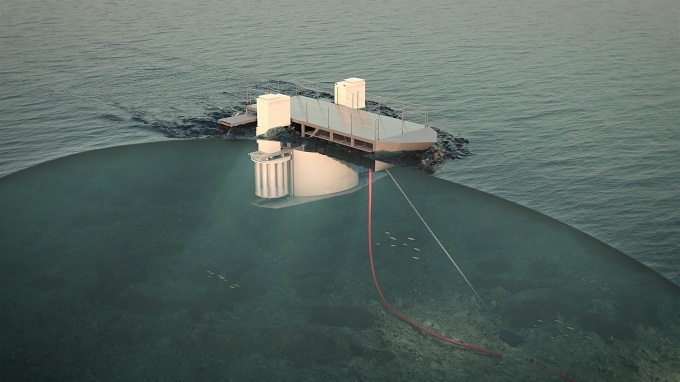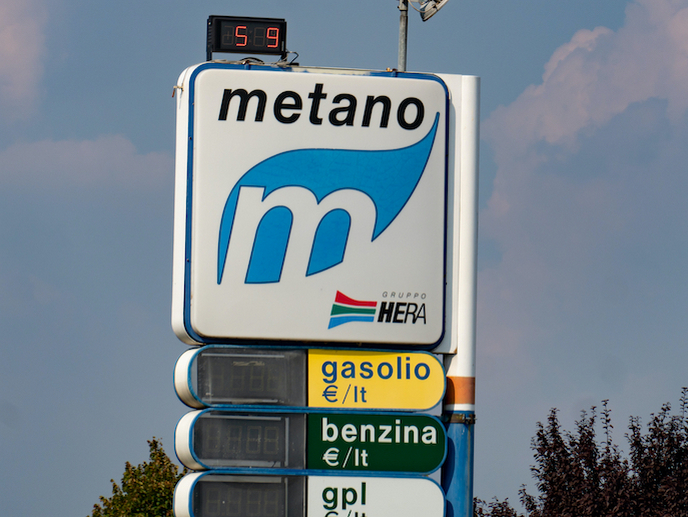Go with the flow: Harnessing the energy of moving water to generate electricity
Hydrokinetic turbines represent an emerging technology that generates electricity from the kinetic energy in flowing water, picked up from waves, tides or currents. Unlike hydro turbines in dams which require extensive infrastructure, hydrokinetic turbines are placed directly in the water body and have a minimal impact on the marine environment. Moreover, since water density is almost 800 times higher than that of air and flows are more constant than wind, hydrokinetic turbines can deliver much more energy than wind turbines for the same flow velocity and turbine dimensions.
A cleaner alternative to diesel engines for remote areas
The EU-funded DP Renewables project is commercialising two hydrokinetic turbines – 25-kW and 60-kW – that have been tested at the SEENEOH test site on the Garonne river, France, and at Kirkwall in the Orkney Islands, Scotland. These unique turbines are an ideal clean alternative to diesel generators in remote and island communities. “Commercialisation of our 60-kW device can provide a clean, independent and predictable supply of electricity to remote areas – without or with poor access to the grid – that currently rely on polluting diesel generators,” notes innovation manager Vincent Mc Cormack. “Our DP Renewables’ demonstrators prove that hydrokinetic energy can add to the renewable energy mix, providing a pathway to the ambitious EU target of a zero-carbon economy by 2050.”
A unique design that maximises output power
The concept behind DP Renewables involves two vertical-axis turbines placed on either side of a patented flow-accelerating body known as a ‘bluff body’ or ‘flume’. “The success of our bluff body design hinges on the ability to exploit the physics of fluid flow around obstacles: a judiciously placed obstacle maximises the power drawn from waves, tides or currents as it causes the water flow around the obstacle to increase. The bluff body doubles the speed of the water flow into the turbines; this causes the hydrokinetic power to increase by 8 times,” explains Mc Cormack. A patented blade pitch control system adjusts the blade angle for optimum power output. Competing solutions typically require larger and more expensive turbines immersed in greater water depths to match the power outputs delivered by the DP Renewables’ solution. Impact on marine life is minimised. The turbine blades rotate outward, naturally diverting fish and mammals away from the device, at a safe, controlled speed of 40 rpm. By comparison, many competing devices run at a minimum speed of 180 rpm. For cleaning and maintenance, its mechanical design allows for lifting the turbines out of the water body. Importantly, the bluff body device is portable – it can be easily moved to other locations, making hydroelectric energy available where needed most. “Harnessing the tremendous energy of nearby waterways, DP Renewables’ technology increases the supply of clean energy for families and businesses. It offers energy independence, thereby improving the quality of life and creating a positive change in areas which lack electricity or do not enjoy a reliable power supply,” concludes Mc Cormack.
Keywords
DP Renewables, hydrokinetic turbines, bluff body, diesel generator, renewable energy, hydroelectric energy







